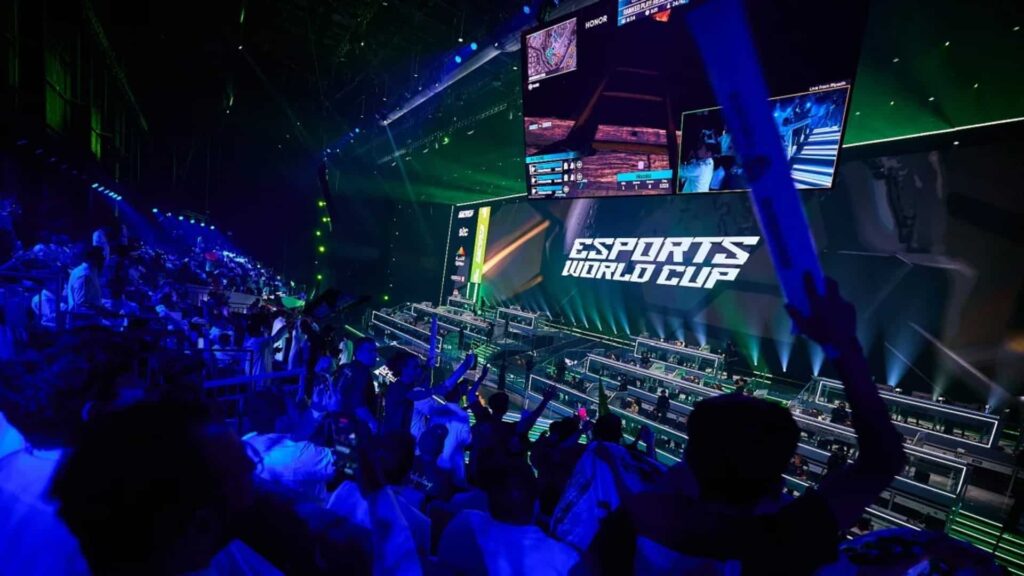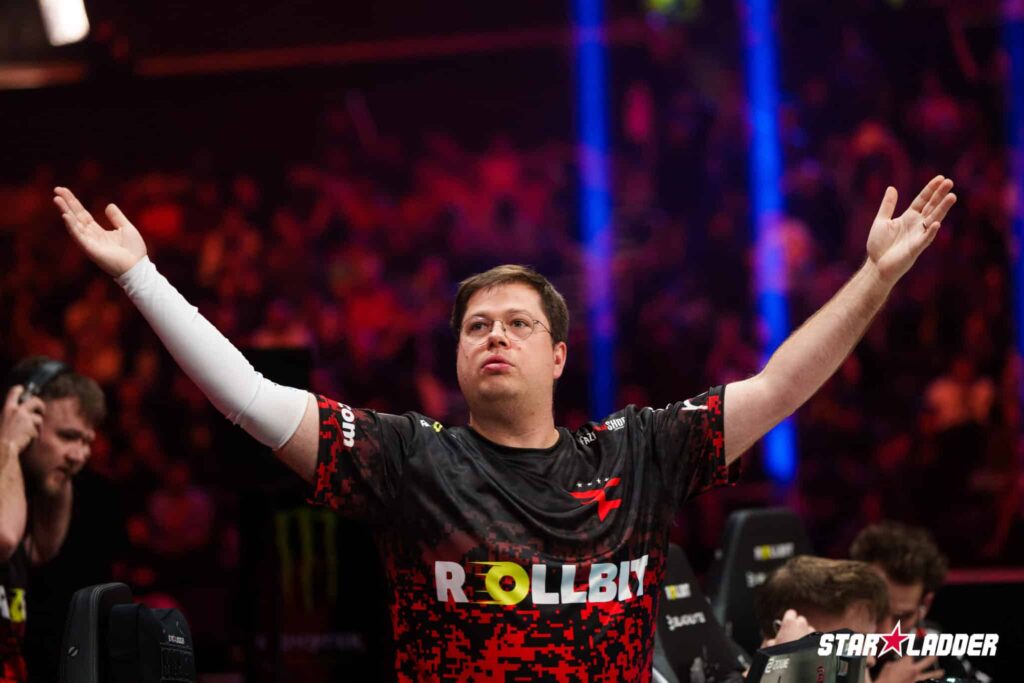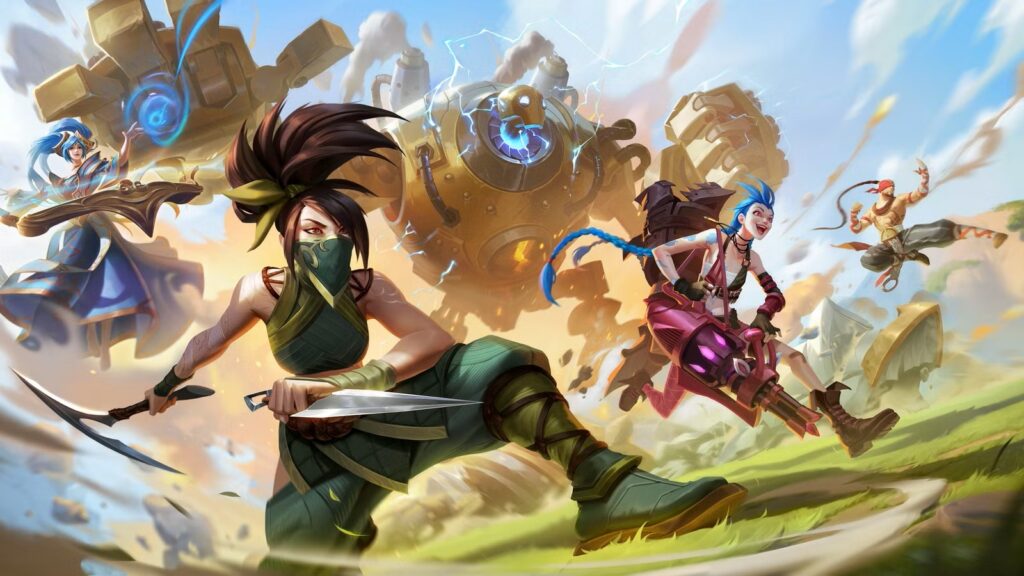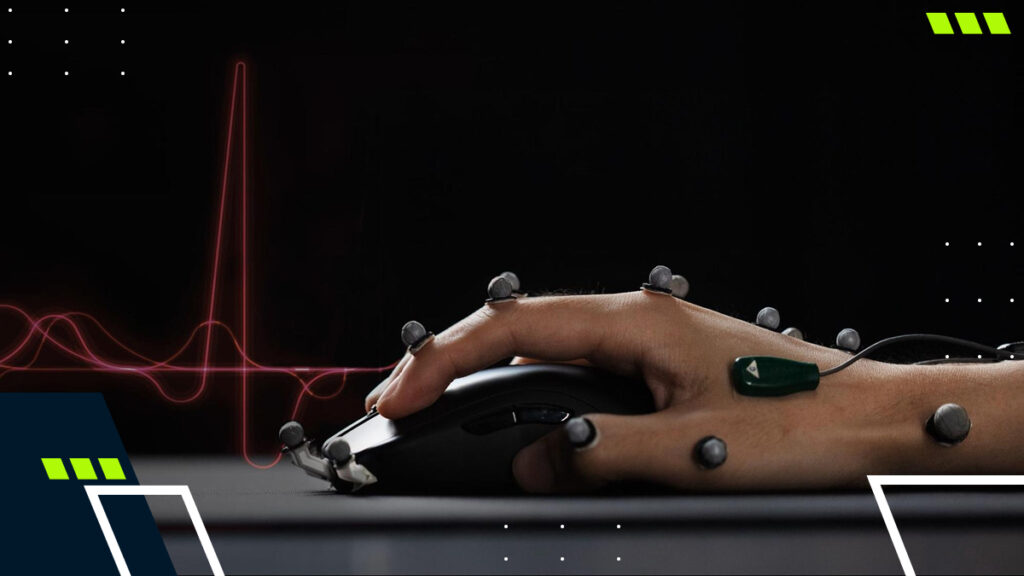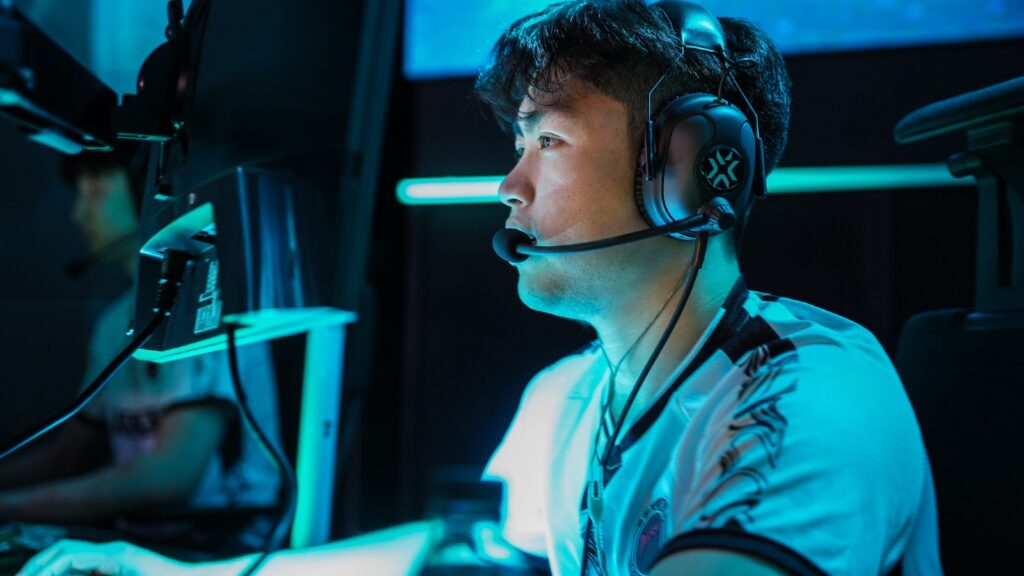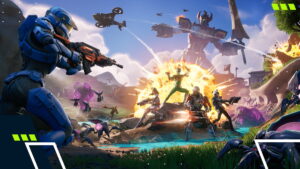The Legend of Zelda: The Difference Between Ganon VS Ganondorf
There are quite a lot of stories that have a very straightforward villain. We know who they are, where they come from, and what their goal is. However, when it comes to Legend of Zelda’s Ganon…or Ganondorf, it is completely understandable if there is some confusion between these two names.
Join us on the full explanation on Ganon VS Ganondorf, so you can get your Legend of Zelda lore straight!
Is Ganon and Ganondorf the same person?
If you are looking for a quick answer to the question, “is Ganon and Ganondorf the same person?”. The answer is yes, they are the same person, just in two different forms.
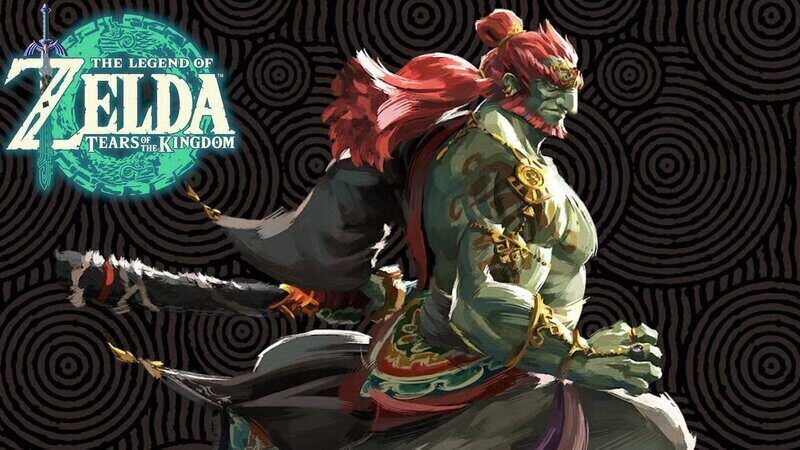
What is the Difference Between Ganon and Ganondorf?
To make the long story short, the difference between Ganon and Ganondorf is that Ganondorf is the main villain’s human form. Ganon is what he is called when he is in full power thanks to the power of the Triforce where he resembles a pig.
Ganon vs Ganondorf – Full Explanation
Those who are interested in learning all about the infamous villain of Legend of Zelda games can find the full explanation about Ganondorf right here. Let us begin with a quick history lesson, as most tales about a legendary villain do.
Read Also: Best Side Quests in Zelda: Tears of the Kingdom
Where does Ganondorf come from?
The story of Ganon begins all the way back in Skyward Sword. Demise, which is the main antagonist of the game, curses link in the famous words:
“Those who share the blood of the goddess and the spirit of the hero… They are eternally bound to this curse. An incarnation of my hatred shall ever follow your kind, dooming them to wander a blood-soaked sea of darkness for all time!”
That reincarnation of hatred that Demise spoke of is born as a Gerudo male, who is known to us as the infamous Ganondorf. He continues what Demise sought in Skyward Sword, which is the power of the Triforce.
Who Is Ganondorf?
Ganondorf is infamous as a major antagonist in the Legend of Zelda series. So it can be surprising that he is only in three major titles: Ocarina of Time, The Wind Waker, and Twilight Princess.
He also appears in a lot of Nintendo series, including Smash.
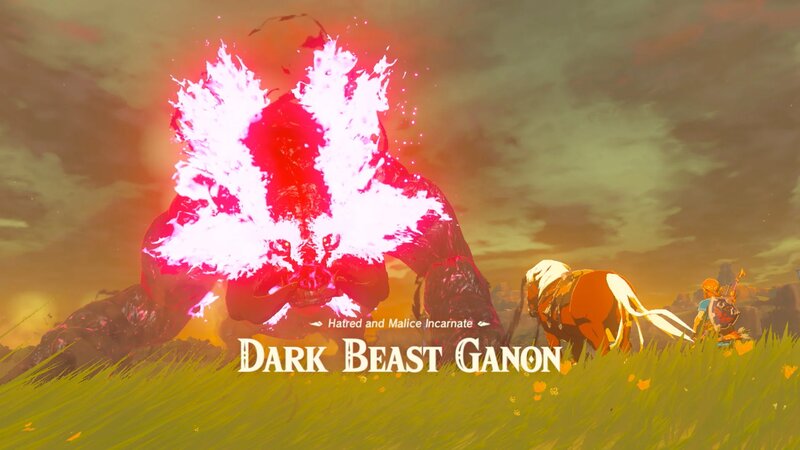
The first appearance of Ganondorf is in Ocarina of Time, and he is introduced as Gerudo King of Thieves. In this game, he uses Link to enter the Sacred Realm and retrieve the Triforce. Naturally, with the Triforce in his possession, he is capable of transforming into Ganon, his ultimate form.
This is where things get a bit complicated. There can be three different outcomes in Ocarina of Time, which is why we suggest you check out the Legend of Zelda timeline and learn all about that.
Are Ganondorfs In Ocarina of Time, The Wind Waker, and Twilight Princess the same person?
While Ganondorf exists as a different version of himself in each game. After the Ocarina of Time time split, they are pretty much the same person. In the Child Timeline, Ganondorf is sealed into the Twilight Realm. In the Adult Timeline, Ganondorf breaks out of the Sacred Realm’s seal, and because there is no Hero to stop him, he takes over Hyrule.
When Does Ganondorf Transform Into Ganon And How?
In Ocarina of Time, as we already mentioned, Ganon uses Link to gain access to the Triforce. He then uses its power to transform himself into his pig appearance, where he is known as Ganon.
Once he is transformed and has the power of the Triforce, he does not return to his human form. This is why you will see him in the form of a pig in Legend of Zelda, as well as in The Adventure of Link (sometimes referred to Legend of Zelda 2, as it is the second game in the franchise).
In the end, Ganon or Ganondorf are the same person born from Demise’s curse. They are both the same amount of evil. Only differ in power as Ganondorf is the Gerudo (also referred to as human) form, while Ganon is essentially a Triforce empowered Ganondorf.
Read Next: The Legend of Zelda: Tears of the Kingdom Review
